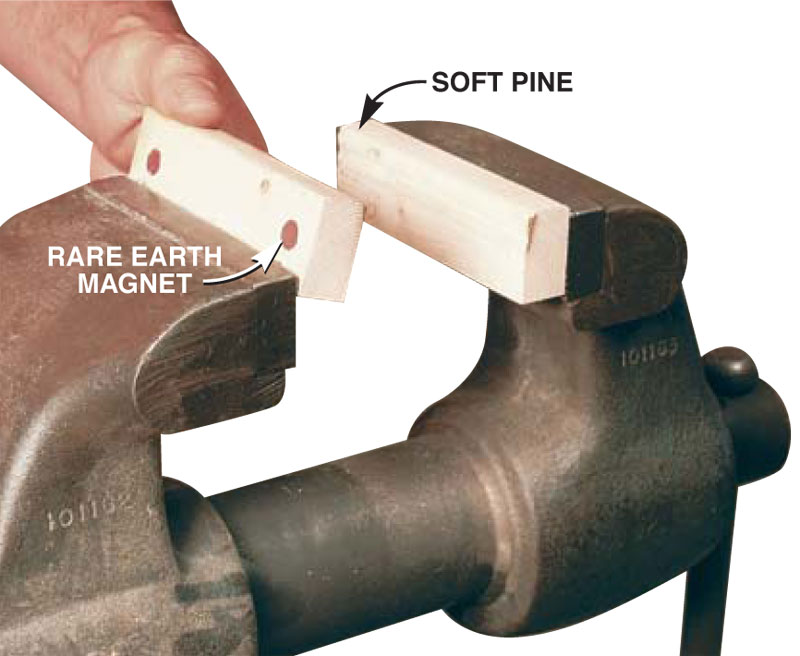 Snap-On Soft Jaws - Popular Woodworking Magazine
Snap-On Soft Jaws - Popular Woodworking Magazine
I go step by step through the process of how to install a woodworking vise. This is a great addition to a workbench, and you can never have too many vises.I. Usually, woodworkers mount the Wood Vise at a workbench to keep it secured in place. Most traditional Wood Vises are commonly attached to the front, back, near the left end for right-handed woodworkers, or near the right end. So, it can do heavy-duty clamping without any risk of falling.
One will be installed on the front of the bench, towards the left. We tend to call this the face vice. The second will be at the end of the workbench, on the right. We can refer to this as the tail vice.. Typically, you use two rows of bench dogs to hold long or wide stock. The timing chain on a twin-screw end vise syncs the screws. You can adjust either screw should the vise jaws get out of parallel. You can intentionally make the jaws unparallel for clamping irregular-shape workpieces.
Benchtop woodworking vises to use when mounting under the bench isn t an option. Cabinetmakers vises designed for disappearing into the side of the bench. Lastly, vises are subtly very customizable to your projects. Be sure to notice features like bench dogs that let you clamp wood in ways you didn t think of.
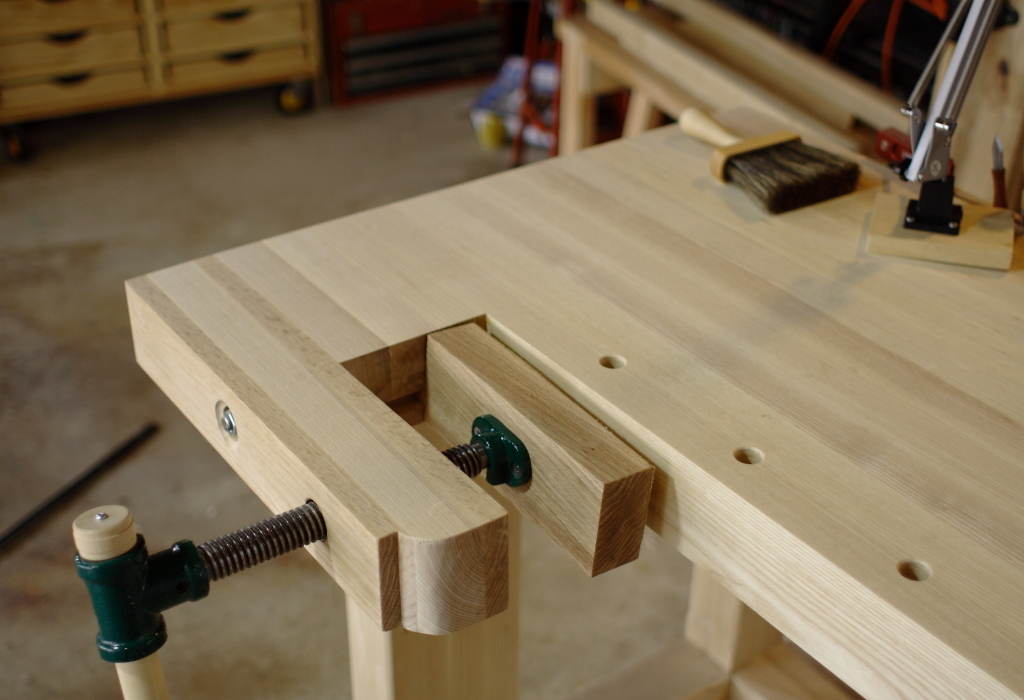 The Workbench - Finishing Touches - The Wireless Woodworker
The Workbench - Finishing Touches - The Wireless Woodworker
 Bench dog - Wikipedia
Bench dog - Wikipedia
 Mini 2 Axis Multifunctional Working Table Mini Precision
Mini 2 Axis Multifunctional Working Table Mini Precision
 Antique Jeweler s Tools - The Blue Bottle Tree
Antique Jeweler s Tools - The Blue Bottle Tree
 Choosing A Work Bench: Here s where woodworking get s personal
Choosing A Work Bench: Here s where woodworking get s personal
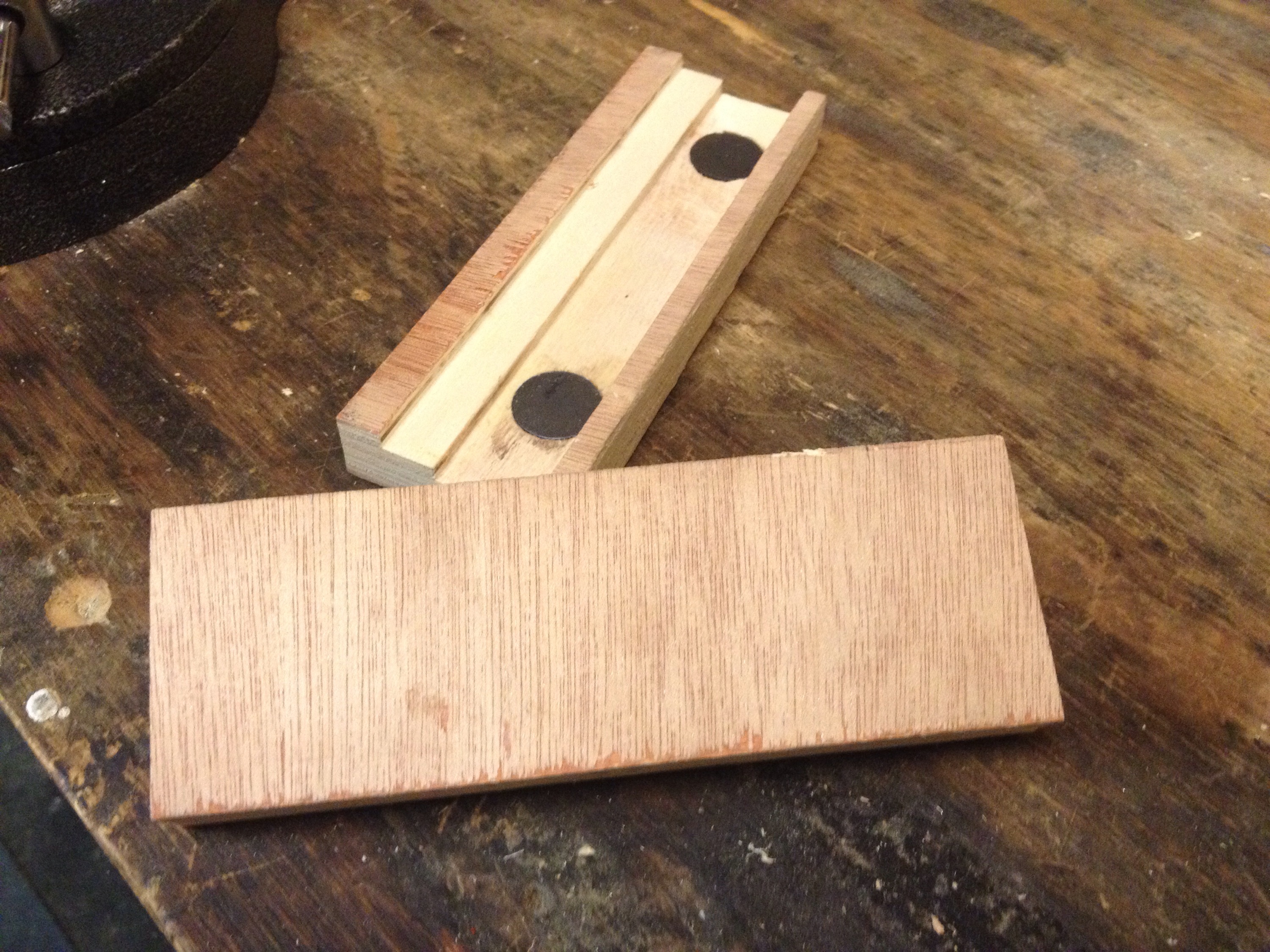 Wooden Bench Vise Jaw Pads Brian Prom Blog
Wooden Bench Vise Jaw Pads Brian Prom Blog
 Portable Poor Man s Carving Vise - by mpounders
Portable Poor Man s Carving Vise - by mpounders
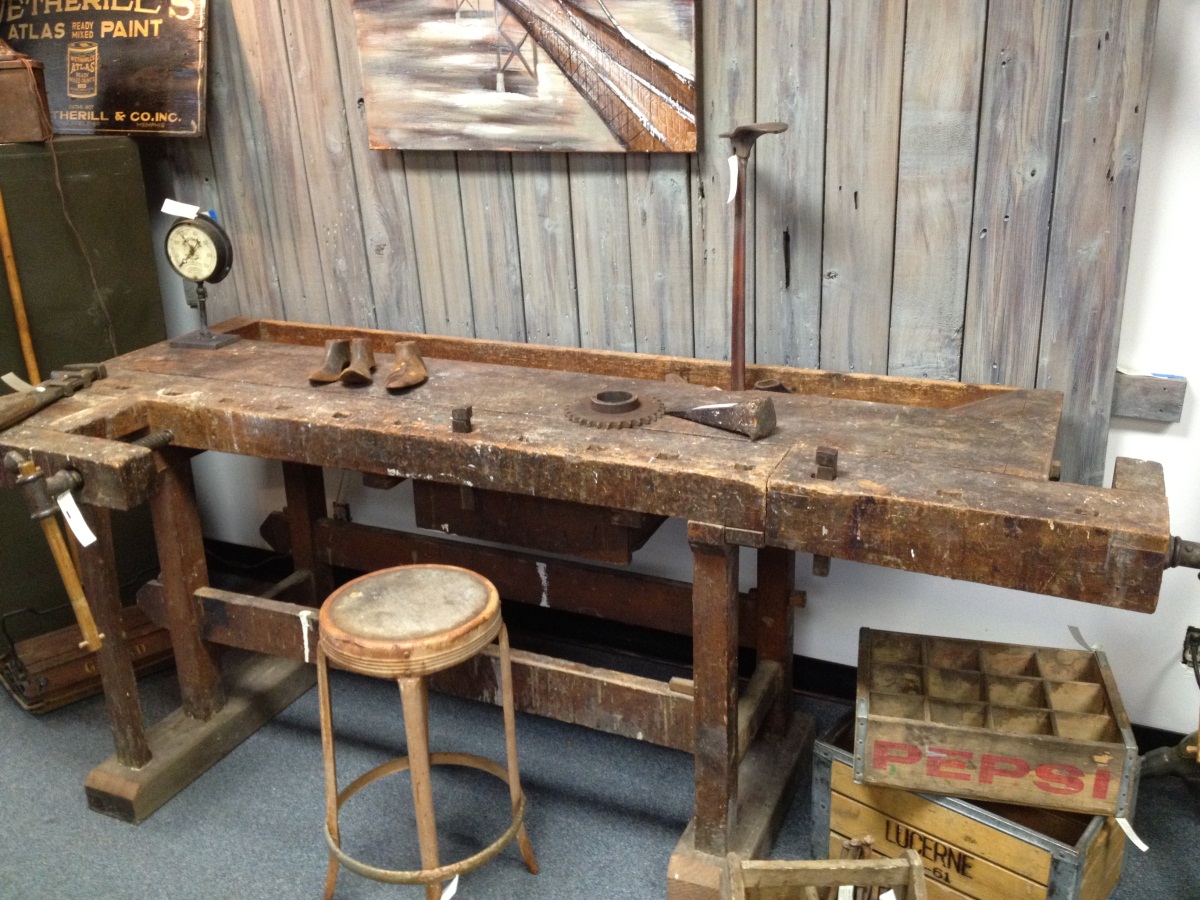 workbench Badger Woodworks
workbench Badger Woodworks
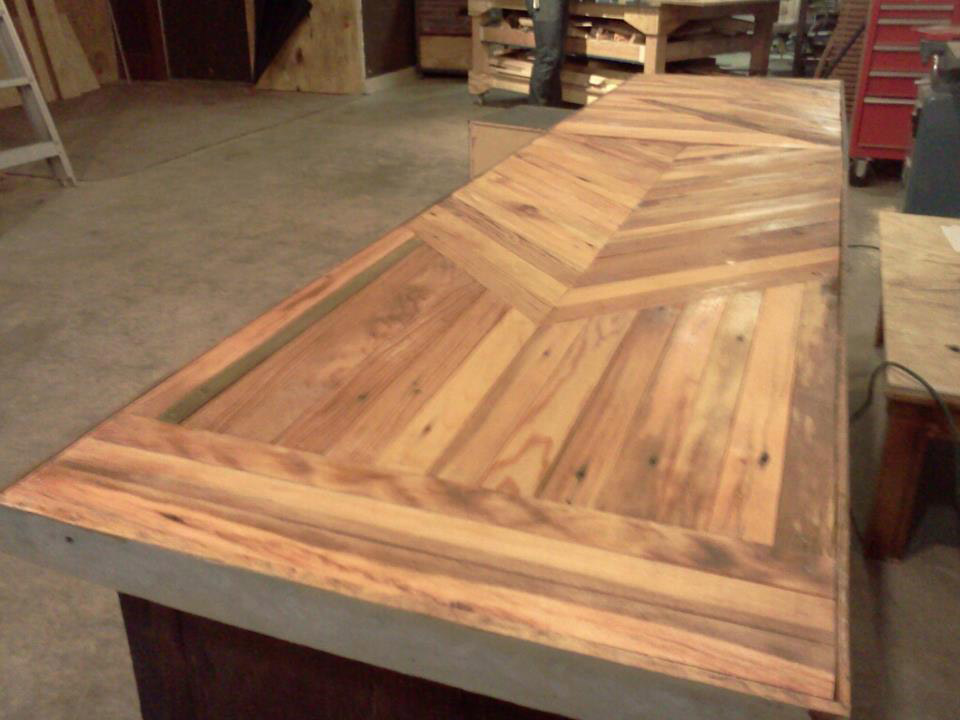 Advanced Woodworking: Salvaged Buffet Table - Buildipedia
Advanced Woodworking: Salvaged Buffet Table - Buildipedia